Frogs Hop into New Habitat
by Sara Alaica, November 2025
Ever seen a frog egg?
If you didn’t know what to look for you could be excused for confusing it with a piece of moss. Or algae. Pacific tree frogs (Pseudacris regilla) lay their eggs in gelatinous structures in early spring in shallow, still ponds. The jelly provides protection and oxygen for the developing embryos, and is often covered with debris that makes it invisible to surveyors.
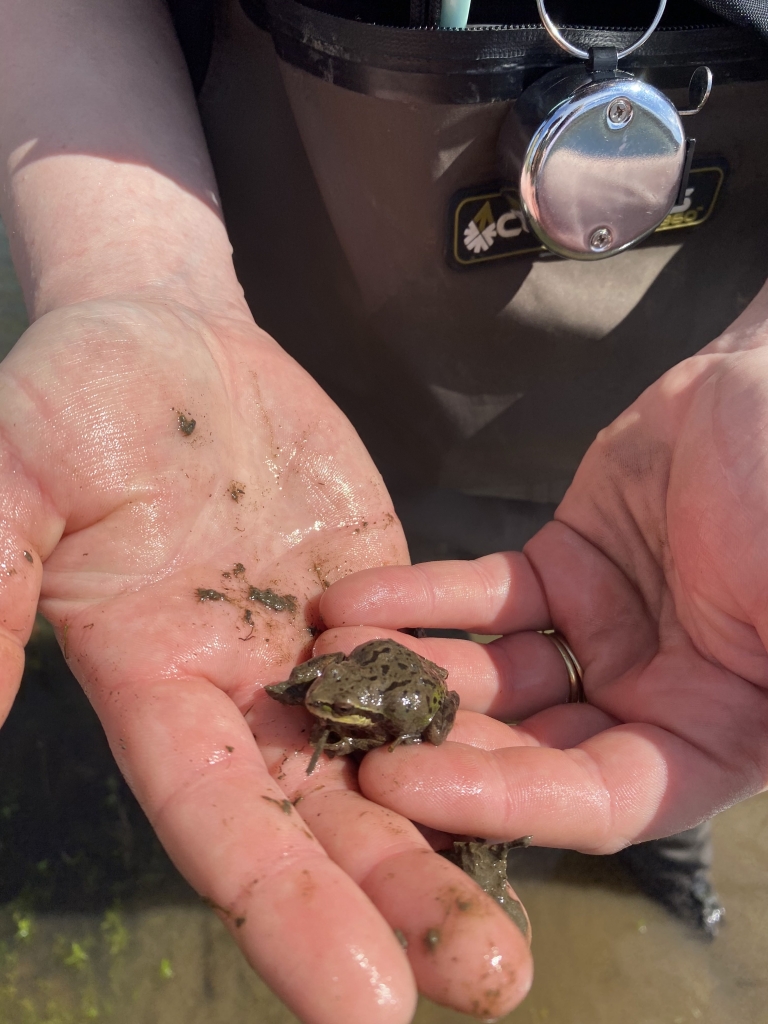
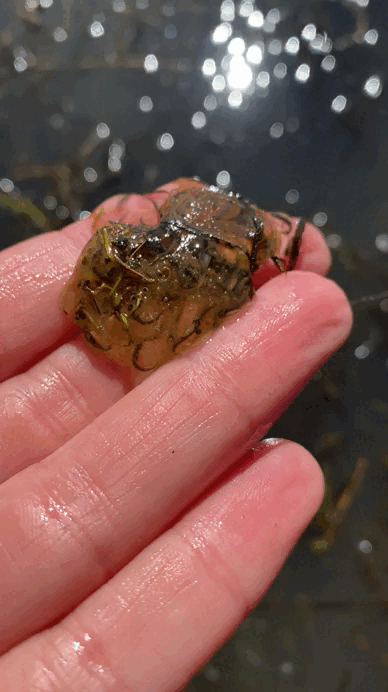
This spring, ecologists from the Institute for Applied Ecology (IAE) surveyed for frogs and other amphibians at Herbert Farm and Natural Area. IAE has been working at Herbert Farm since 2013, when the City of Corvallis Parks & Recreation with support from the Oregon Department of Fish and Wildlife decided to convert the site from agricultural fields to native prairie.
In 2016, the U.S. Fish and Wildlife Service built berms at Herbert Farm to increase wetland habitat. Where there were once agricultural fields, there are now seasonal ponds, and the goal for the surveys was to find out what wildlife was using the new habitat.
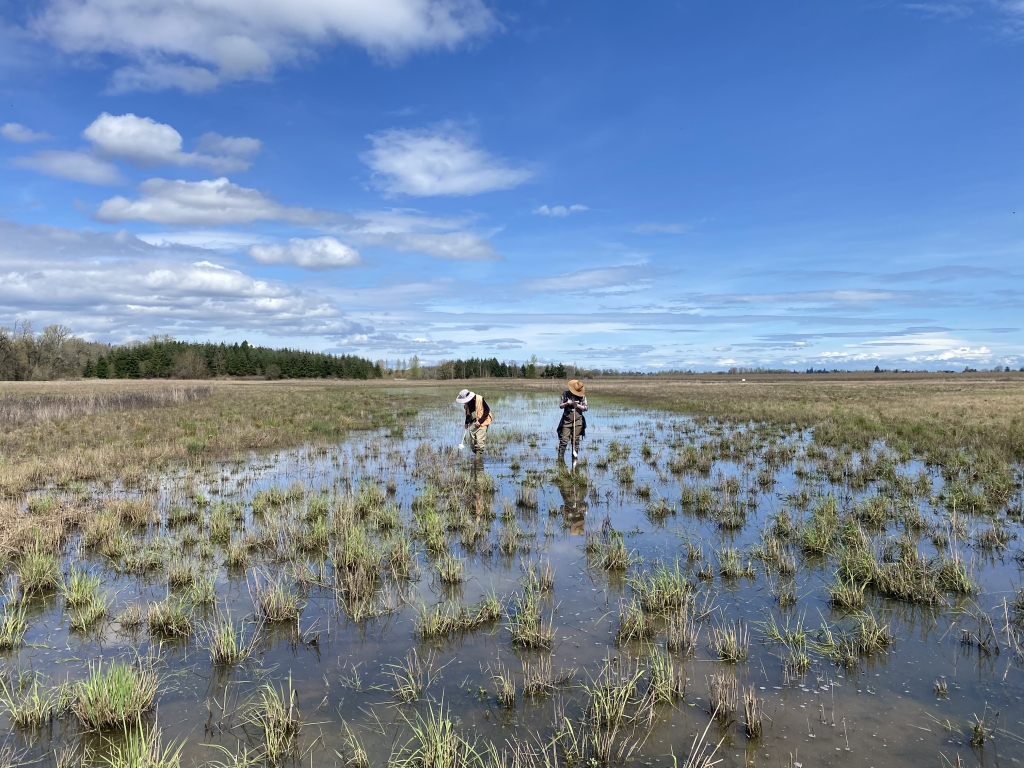
It’s official: wildlife loves the restored ponds. Ecologists found long-toed salamander, rough-skinned newts, and 5,387 Pacific tree frog egg masses! There were also countless aquatic invertebrates including fairy shrimp – popularly known as sea monkeys – caddisfly, and many others that help create a diverse and healthy ecosystem at Herbert Farm.
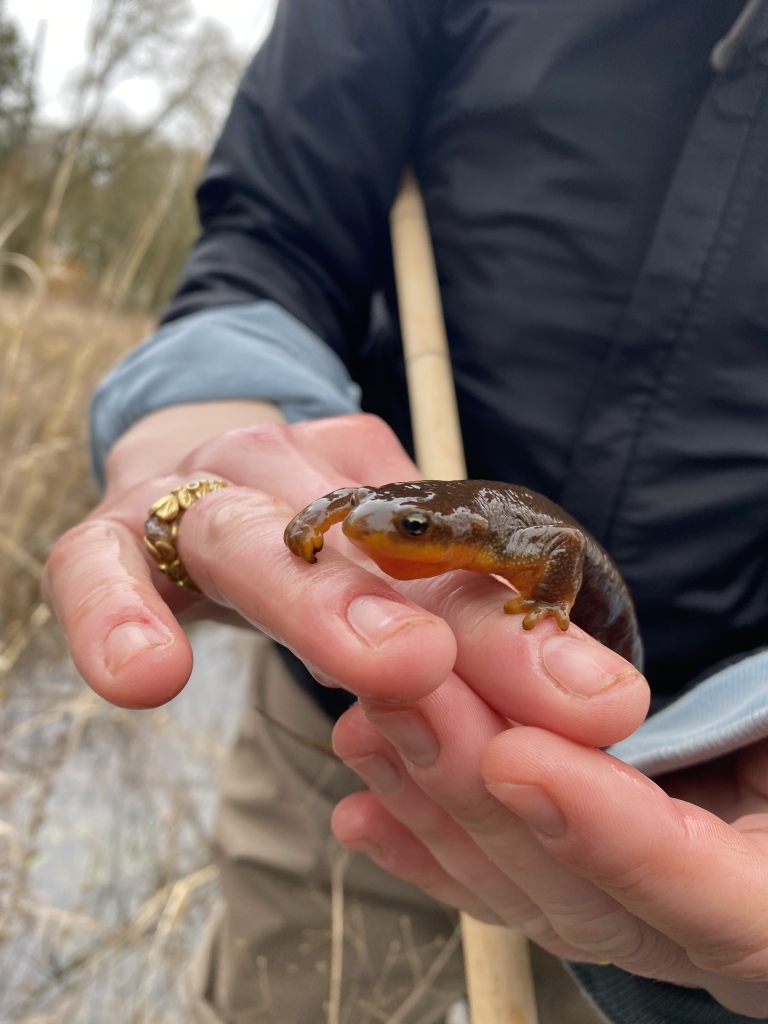
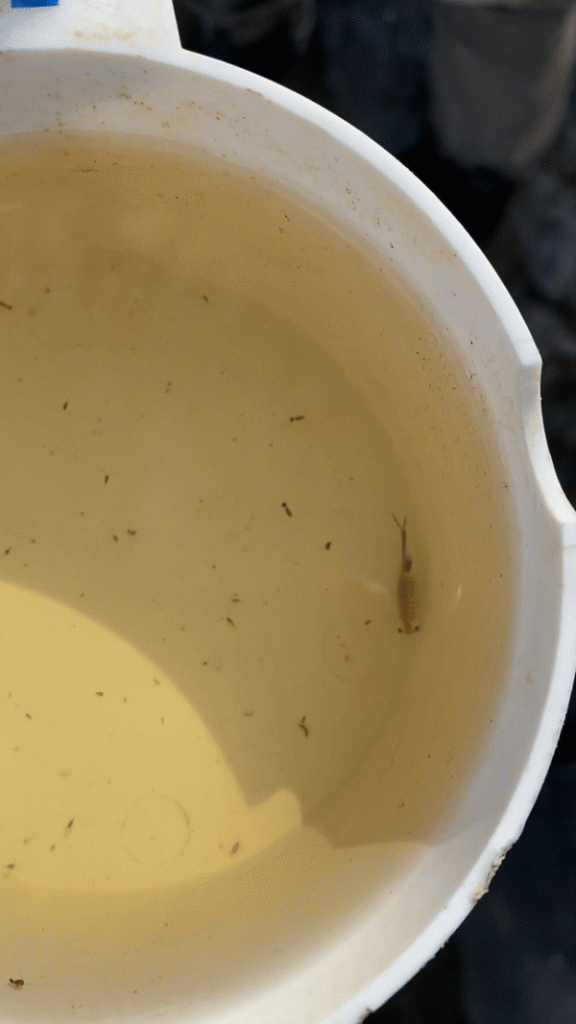
If you’re interested in supporting our ongoing efforts to restore native habitat at Herbert Farm, join us and the City of Corvallis to plant seven different species of native bulbs at Herbert Farm including camas, biscuit-root, and our wild Oregon carrot, onion, and sunflower on November 12!
